The following blog post has been adapted from a magazine article contributed by McMaster Engineering for the June 2017 issue of OSPE’s The Voice magazine.
Imagine health care professionals who know how to rig a house to monitor your movements so effectively that they can predict when you are about to fall.
This is the new world McMaster Engineering is fostering with the next generation of biomedical engineers. The most notable development is a five-year Integrated Biomedical Engineering and Health Sciences program that will launch in September. First of its kind in Canada, the program will create future health professionals with knowledge of advanced technologies, and engineers who understand human health.
With the program, students will enter either the Bachelor of Engineering and Biomedical Engineering program, or the Honours Bachelor of Health Sciences in Health, Engineering Science and Entrepreneurship. About 1,000 hopefuls applied for 140 spots in 2017.
McMaster Engineering will also benefit from a new hands-on bio makerspace, as well as a $43 million project to expand, repair and retrofit existing labs, which will make way for more interdisciplinary collaboration.
Qiyin Fang, LL
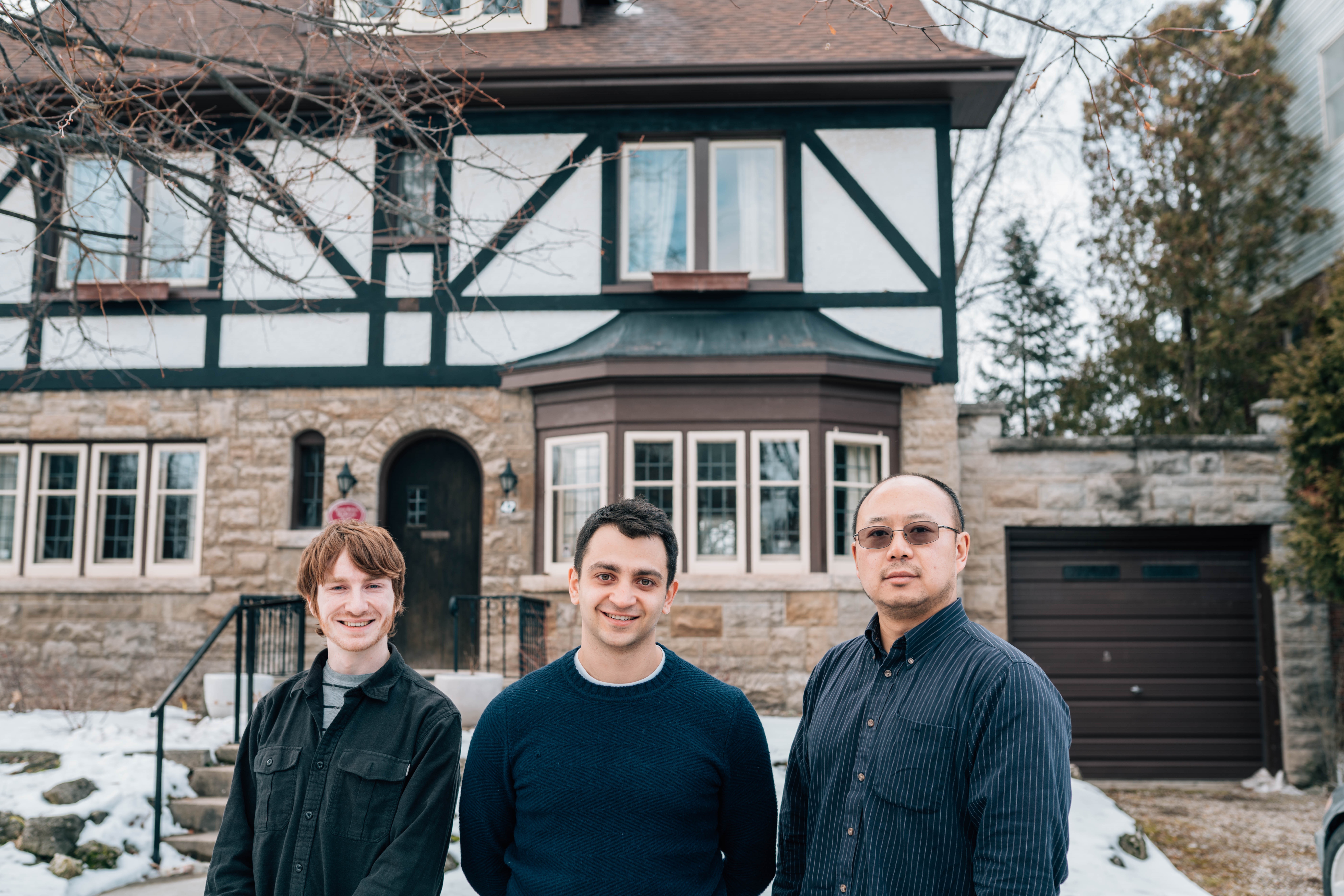
Qiyin Fang is the living embodiment of taking McMaster’s engineering work into the community. The Canada Research Chair in Biophotonics and his team are doing novel research at a home in Westdale, equipping a two-storey century home with sensors to better track patient activities.
Students will be the first test subjects in the house, and once the monitoring methods are perfected, health care professionals will use these senors to monitor senior patients with chronic diseases.
“We want to sense their physical activities and their physiological responses,” says Fang, who is an Engineering Physics associate professor. Sensors will track “which room they’re in, how their bodies react to temperature change, how often they use the bathroom.” Such data will be encrypted and owned by the patient.
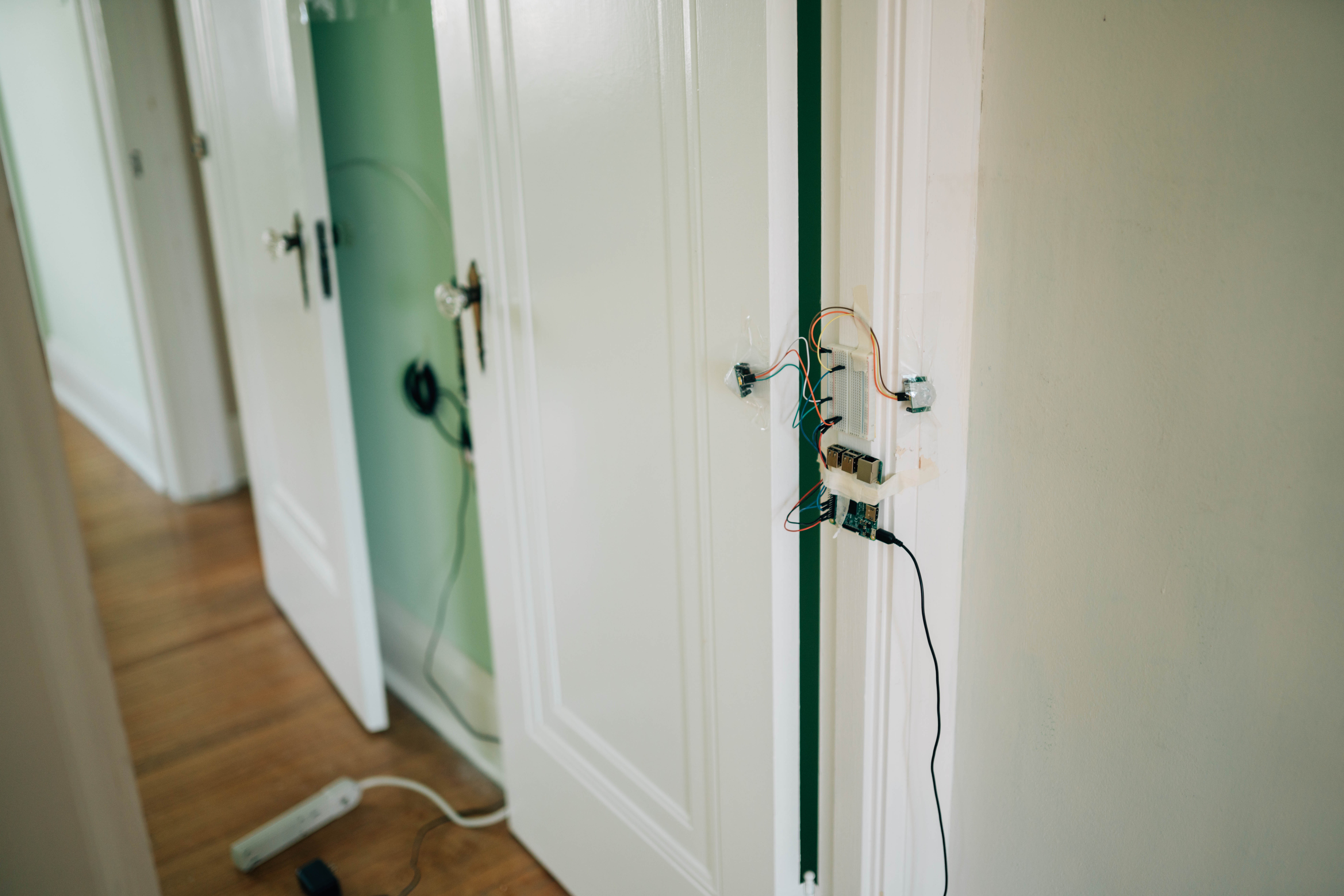
Kathryn Grandfield
Kathryn Grandfield researches ways to improve implants for hips, knees, dental work, and other parts of the body. The goal is to create longer-lasting implants that better attach to bone and facilitate a more comfortable life, with fewer surgeries, for the end user.
“We want to provide an implant that will last the lifetime of a patient,” says Grandfield.
Grandfield primarily works with titanium and titanium alloys. Titanium has a unique surface layer – an oxide layer – that’s biocompatible, she says. And the material is enduring enough to last 40 years. Its primary downfall? It’s stronger than bone, she says, but right now “it’s the best we have.”
Zeinab Hosseini-Doust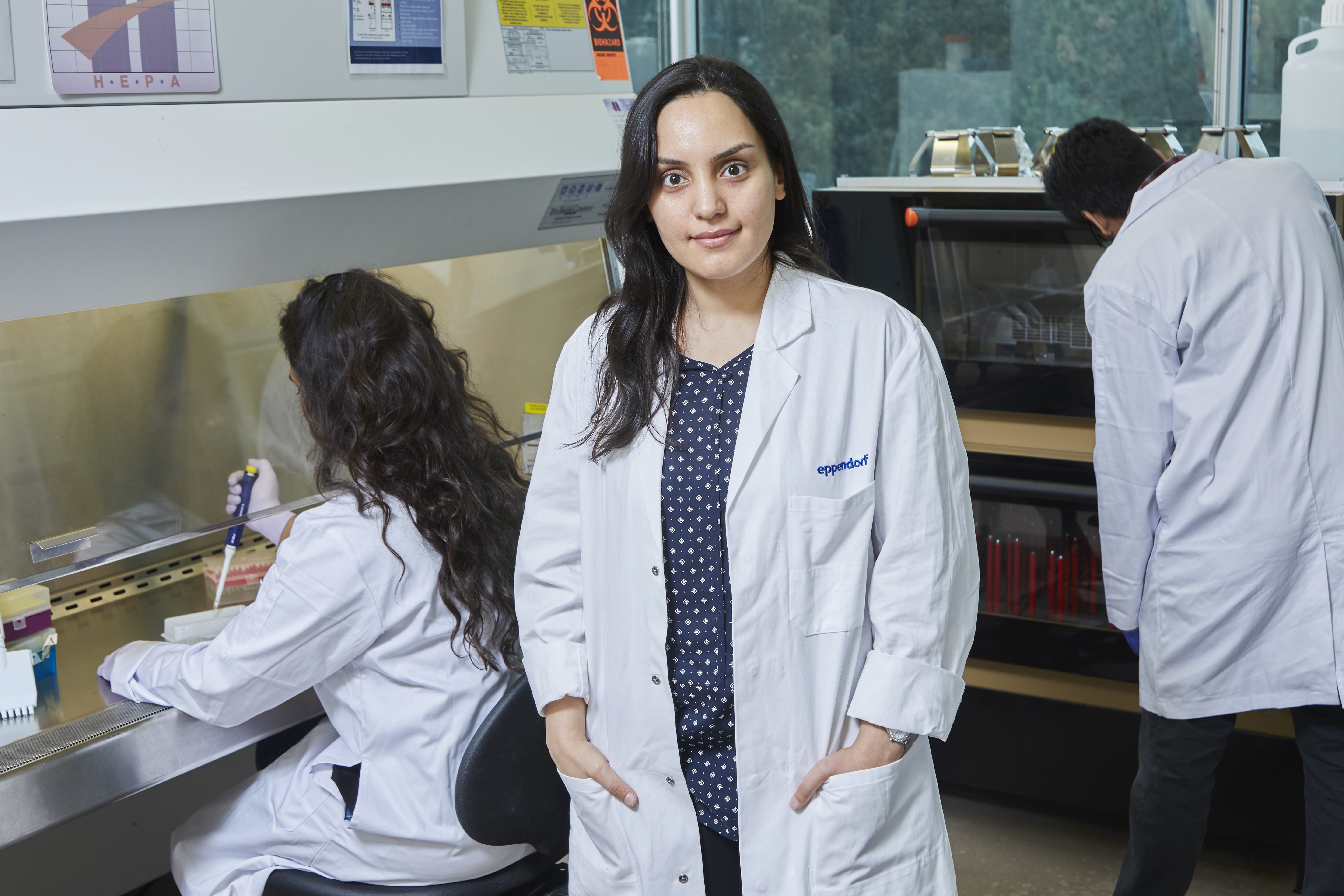
Zeinab Hosseini-Doust conducts research on bacteriophages – viruses that infect bacteria.
Her goal is to tease out the many uses of bacteriophages. Understand how they destroy certain bacteria species, for example, and you have the next generation of antibiotics. Combine them with synthetic material and you have new devices for environmental monitoring, or data storage, or diagnostics imaging – assembled “from the bottom up.”
“Once you start combining biological agents with synthetic material, you have a lot of function you didn’t have before,” says Hosseini-Doust.
Todd Hoare, P.Eng.
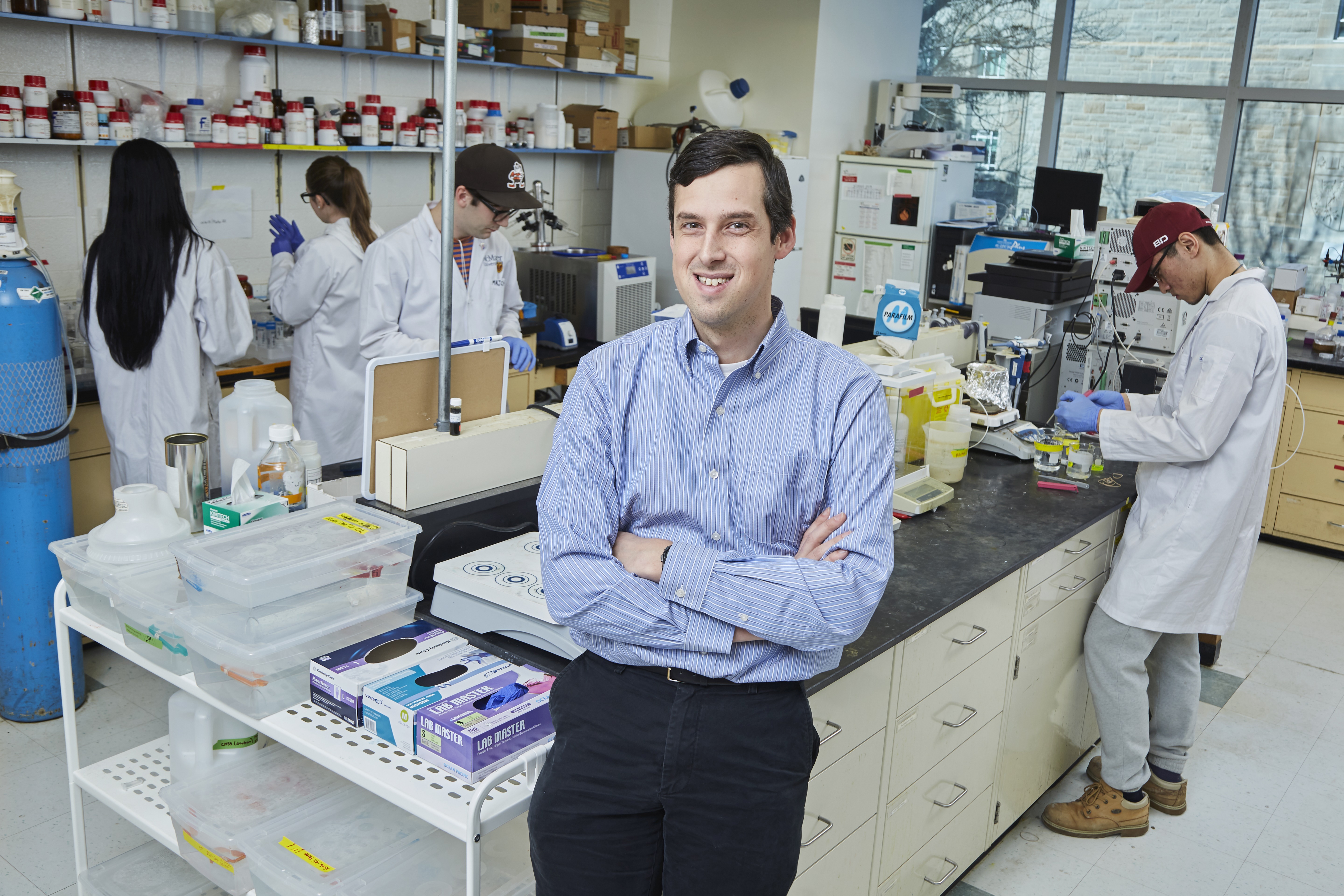 An arthritic person pops a pill to relieve his joint pain. He only needs it for his bad knees, or his aching lower back, but lacking better direction, the drug spreads throughout the body.
An arthritic person pops a pill to relieve his joint pain. He only needs it for his bad knees, or his aching lower back, but lacking better direction, the drug spreads throughout the body.
A cancer patient sits in chemotherapy treatments, but instead of the chemo drugs targeting her cancer cells, they batter the healthy ones too, making the patient feel sick and weak.
These are scenarios Chemical Engineer Todd Hoare hopes will one day be a distant memory. The associate professor is focused on methods to target drug delivery, largely with hydrogels. Such a prhttps://ospe.on.ca/wp-content/uploads/2024/10/academy-banner-7.pngct would lessen side effects from, for example, cancer treatments. And it could lessen drug tolerance.
“If you could implant or inject something at the site, then when you experience the pain, you could put a magnet up to it, or an ultrasound, for a minute or two and release the drug right at that site,” Hoare says.
Do these stories sound intriguing? Learn more about the Integrated Biomedical Engineering and Health Sciences program.
Read the full article in the June 2017 issue of OSPE’s The Voice magazine.


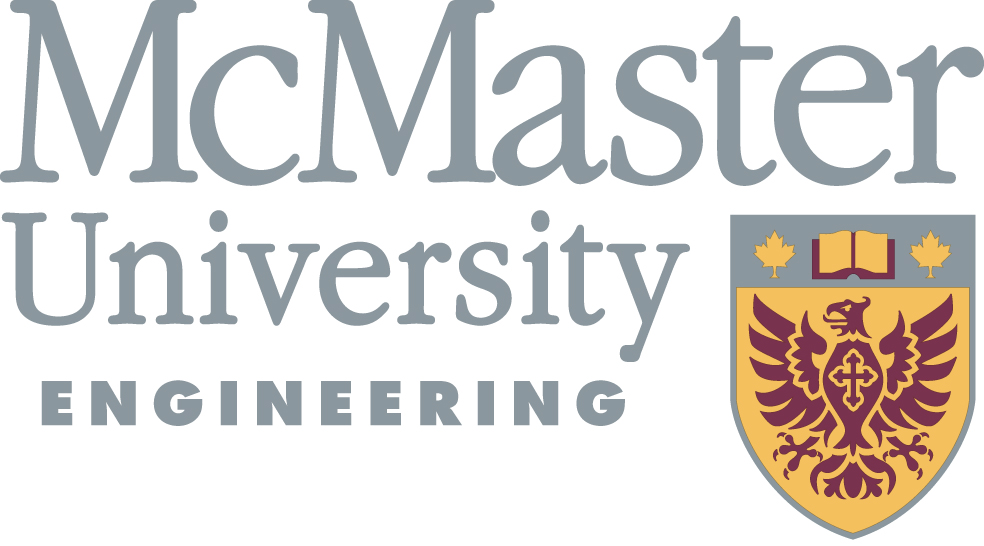



Leave a Comment